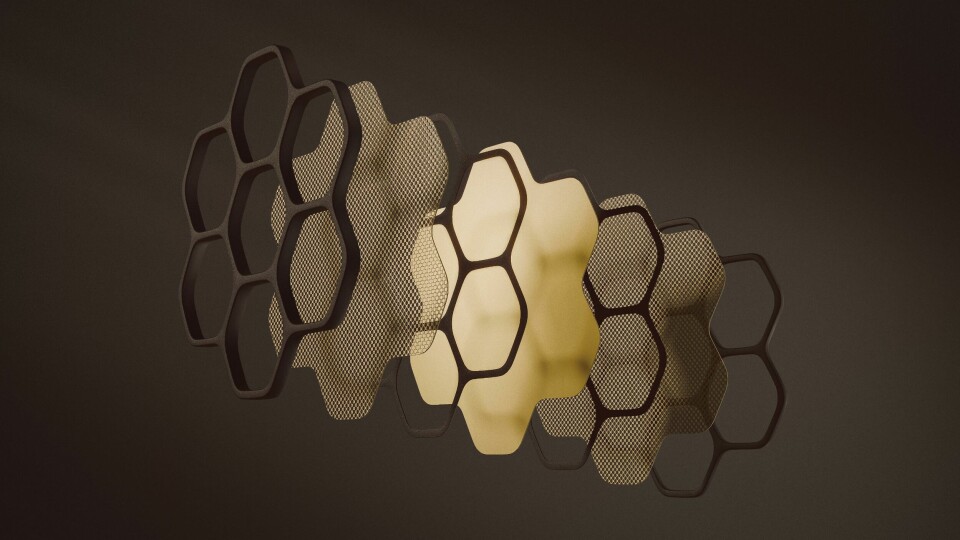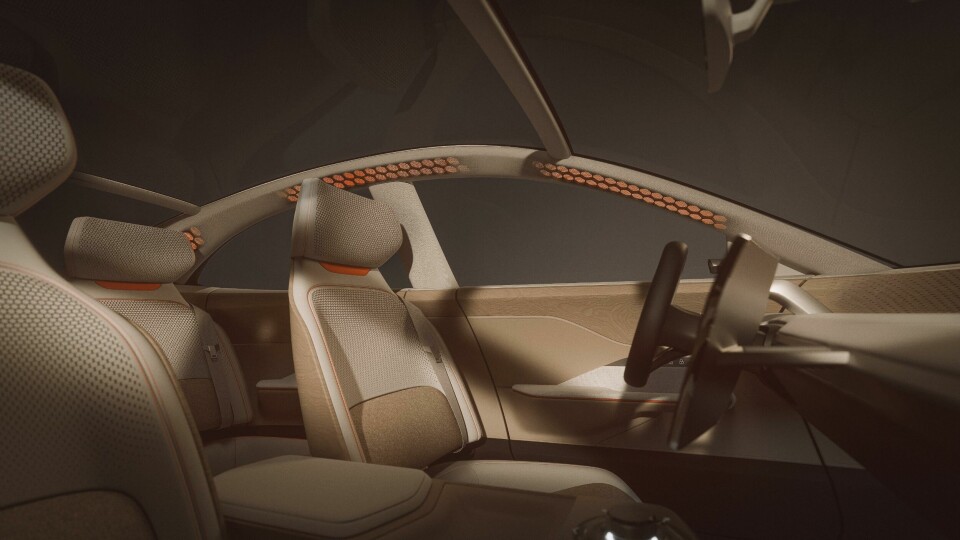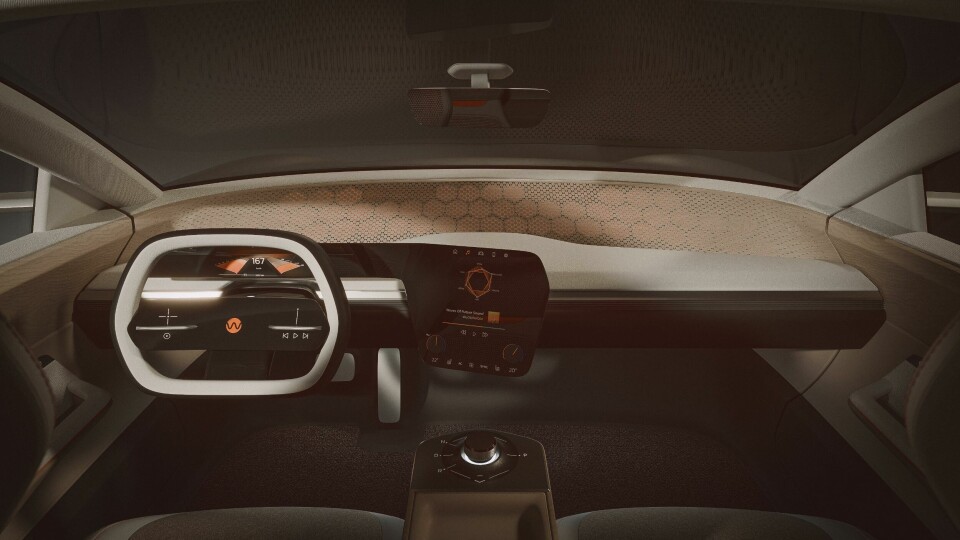
New super-slim speakers could revolutionise in-car audio design
Innovative technology and design exploration has led to a breakthrough in how in-car audio systems can be packaged
Speaker systems are one of the stronger examples of how design strategy can vary from brand to brand, and even from model to model.
Some celebrate the technology with decorative metal shrouds mounted in clear view of passengers; this is expensive, high-end tech, and it shouldn’t be hidden away. Others feel very differently, seamlessly integrating speaker units and wrapping them with fabric for a minimalist feel. A lack of visual clutter, but a painstaking process. In both cases, the unavoidable bulk of the hardware means design teams are hampered: it takes up space, adds weight and can dictate the shape of the door card or instrument panel.

Aiming to change things, British firm Warwick Acoustics has leveraged its patented wafer-thin technology – originally found in high-end headphones – and teamed up with Studiokurbos to explore new opportunities. At a high level, the electrostatic technology comprises five layers that are sandwiched together with two aluminium plates and a polymer membrane at the centre that moves back and forth to create sound.
The benefits are rather straightforward. It is less energy-intensive, significantly thinner and much lighter than incumbent audio systems. It can also be applied to curved surfaces and integrated in new areas of the interior. And as part of the ‘Shy Tech’ revolution (an expression used across the industry), these speakers offer the best of both worlds: on display when you want to show off, or hidden away when not. If that was not enough, the technology uses zero rare earth elements and is highly recyclable.
“We’re trying to deliver a great audio experience to consumers, but also provide a design tool that really transforms the audio system from being a constraint to something that can be utilised as the designer chooses,” says Warwick Acoustics CEO, Mike Grant.
we can deliver much more of a theaterical experience in the vehicle
Crucially, there do not seem to be many any drawbacks (although purchasing departments might say otherwise) or compromises on quality. “Any consumer walking into a dealership will very clearly understand the difference in clarity between our electrostatic system and a traditional system,” Grant continues. “But it’s also a paradigm shift in terms of visual design.”

Studiokurbos founder and project lead Andreas Kurbos agrees, miming the “mind blown” gesture to hammer home the step change this is for the industry. He explains that it ultimately gives interior designers more freedom.
“There are so many arguments for integrating this technology into the car. We did it in the dashboard, in the pillars, in the headrests, and on many other areas.” Perhaps the crowning glory is the Shy Tech element which means OEMs can celebrate or hide the technology to whatever degree they wish. Visually, there is an attractive honeycomb to the cell structure, which can be backlit and used as an aesthetic element to the interior design.
“We see this battle going on between design and marketing departments where one side wants to highlight the technology and the other wants to hide it. At the end of the day, we’re here to facilitate whatever the outcome is,” says Grant. “We see this technology as a tool and however those arguments play out within different organisations, we’re there to support them.”
The team at Studiokurbos put together a series of different interior concepts that aimed to showcase how these speakers could be integrated in the cabin by different OEMs and different vehicle types. When it came to sourcing inspiration, the designers did not need to look far, seeing how Warwick Acoustics had approached the look and feel of its high-end headphones. “If you look at the dashboard, the screen, the buttons, we got inspired by this audiophile styling,” explains Kurbos.
Today, audio systems are tasked with doing much more than simply playing music. They provide hazard warnings, read out text messages, share traffic updates and pump in ‘engine’ noise under acceleration and braking. They are integral to the overall user experience beyond aesthetics and entertainment. And for electric vehicles in particular, could the next generation of super-thin audio systems bring a bit of theatre that is usually provided by a combustion engine?
Potentially, but it will require close collaboration with other suppliers who provide bassier elements of an audio system; Warwick’s electrostatic technology can only go so deep right now.
“It’s certainly something our customers are striving to do and not just with our technology. Our lead customer is combining our very realistic reproduction of above 100hz with enhanced bass for their haptic seats, so we’re pretty excited to see what the results will be,” says Grant. “In terms of giving a little bit more grunt to how an EV sounds, I think the jury’s out right now but we can deliver much more of a theaterical experience in the vehicle.”
As things stand, Warwick Acoustics’ technology is set to debut on a luxury European SUV next year, and the hope is that more will follow suit soon.












